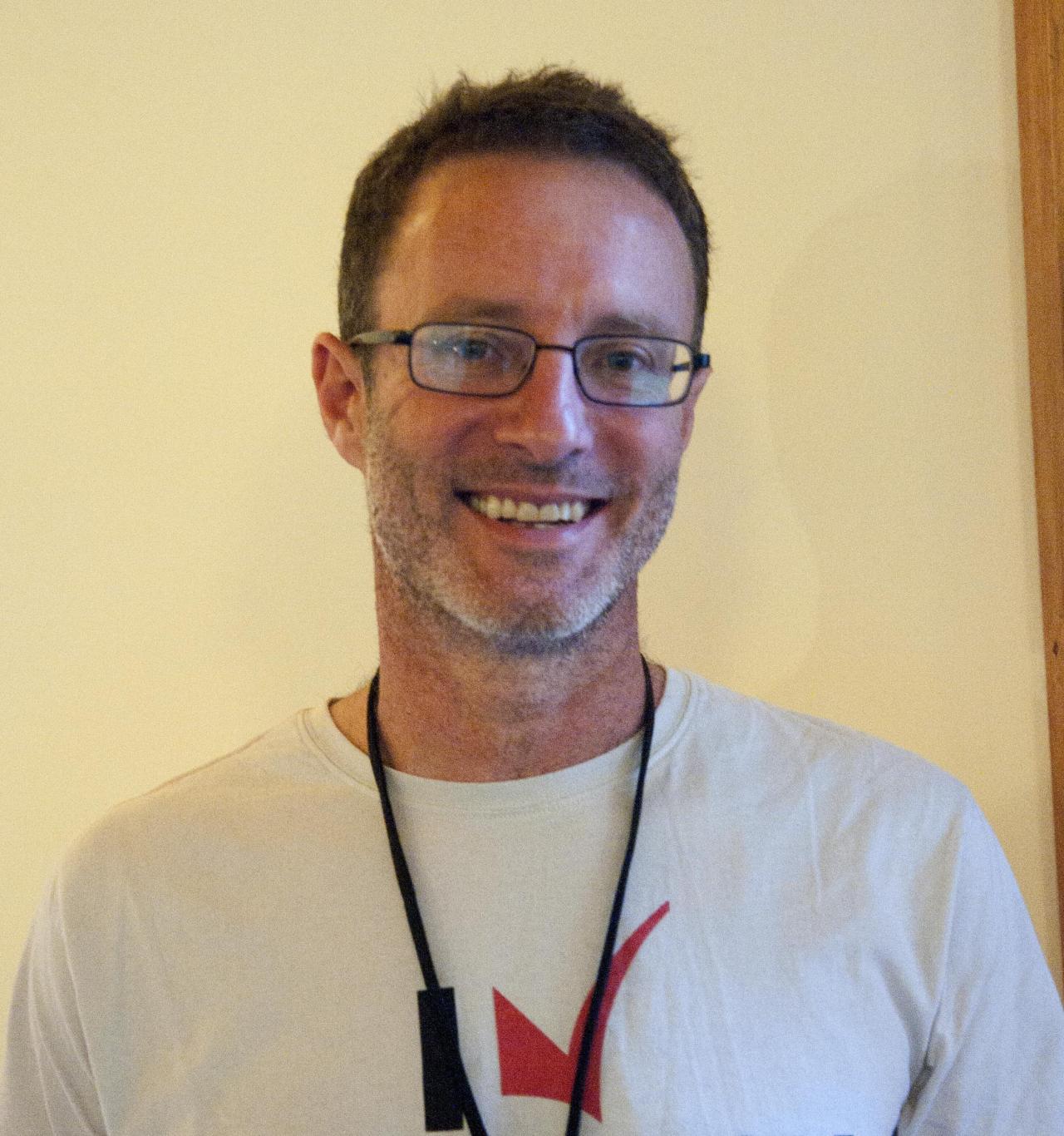Tim Bedding is an excellent observer of oscillations in solar-type stars and red giants. Among his achievements may be counted certain very interesting and widely applied empirical relationships now being used in the CoRoT (COnvection ROtation and planetary Transits) and Kepler missions in order to obtain rapidly global parameters of stars using seismology. Currently, one of his new "work-horses" is studying the“mixed modes”: how they can help to extract information on the evolutionary state of a star. He has also worked on optical interferometry (measuring angular sizes of stars). He is at present a professor at the University of Sydney.
How has Asteroseismology changed over the last fifteen years?
Fifteen years ago (1995) we had some claims for detections of solar-like oscillations in a few stars, but none were widely believed (although, with hindsight, some of them turned out to be correct -- namely for the stars Procyon and Eta Bootis). The big breakthrough came in about 2001, thanks to improved precision in measuring velocities, which had been developed by those searching for extra-solar planets. They involved using state-of-the-art spectrographs and sophisticated analysis techniques, and allowed us to clearly detect oscillations in several stars (Beta Hydri, Alpha Centauri A and B, etc).
The space missions CoRoT and, especially, Kepler, are producing a huge increase in the number of observations of solar-like oscillations (many hundreds). They observe tiny changes in brightness (photometry). The main change so far is an increased emphasis on comparing results for large numbers of stars, which we call "ensemble Asteroseismology", although detailed studies of individual stars will continue to be important.
Another big change is the large amount of new data on red giants. These have slower oscillations and so require observations spanning several months or more, which was basically unfeasible from the ground. Finally, Kepler is allowing us to study oscillations in a few open clusters that lie within its field of view, which is another first. Clusters are important because their members share a common age and initial chemical composition, which places strong additional constraints on models.
How important will be ground-based observations for Asteroseismology?
Ground-based observations will continue to be important, although obviously they will be less prominent given the new data from space.
How do observation campaigns ground-based and in space complement one another?
The space missions only have access to a limited fraction of the sky and cannot observe very bright stars. For solar-type stars, the ground-based velocity observations allow us to observe the brightest and most nearby stars.
Also, velocity observations have a few technical advantages over photometry (higher sensitivity to non-radial modes, and a lower noise background from the stellar granulation). But their most important advantage is allowing us to cover the whole sky, and so to observe those nearby stars whose parameters (distance, chemical composition, etc.) are known extremely accurately. The power of Asteroseismology to advance our knowledge of stellar physics is greatest when applied to stars whose parameters are known with high accuracy.
The challenge for ground-based observations will be to collect data for those stars over many weeks or even months, which requires dedicated facilities. This is the motivation behind SONG (Stellar Observations Network Group), a world-wide network of telescopes that can be dedicated to Asteroseismology for a substantial fraction of the time. The first node of SONG is being built on Tenerife.
How are seismological results (frequencies) from stars related to their physical properties like mass or radius?
To a first approximation, the oscillation frequencies tell us the average density of the star (total mass divided by total volume). This is already a useful quantity, but there is much more information than that. For example, the frequencies depend on the chemical composition of the core, and therefore indicate how much hydrogen has fused into helium. In principle, this allows us to measure the ages of stars. The frequencies are also affected by local variations in the sound speed within the star, so they allow us to estimate the positions of various layers such as the base of the convection zone, for example. Finally, they also provide information on the internal rotation of the star.
Are there any non-seismological observation techniques that can be used to obtain the same kind of information about stars? What are they?
The short answer is no!
XXII Canary Islands Winter School of Astrophysics
Annia Domènech
